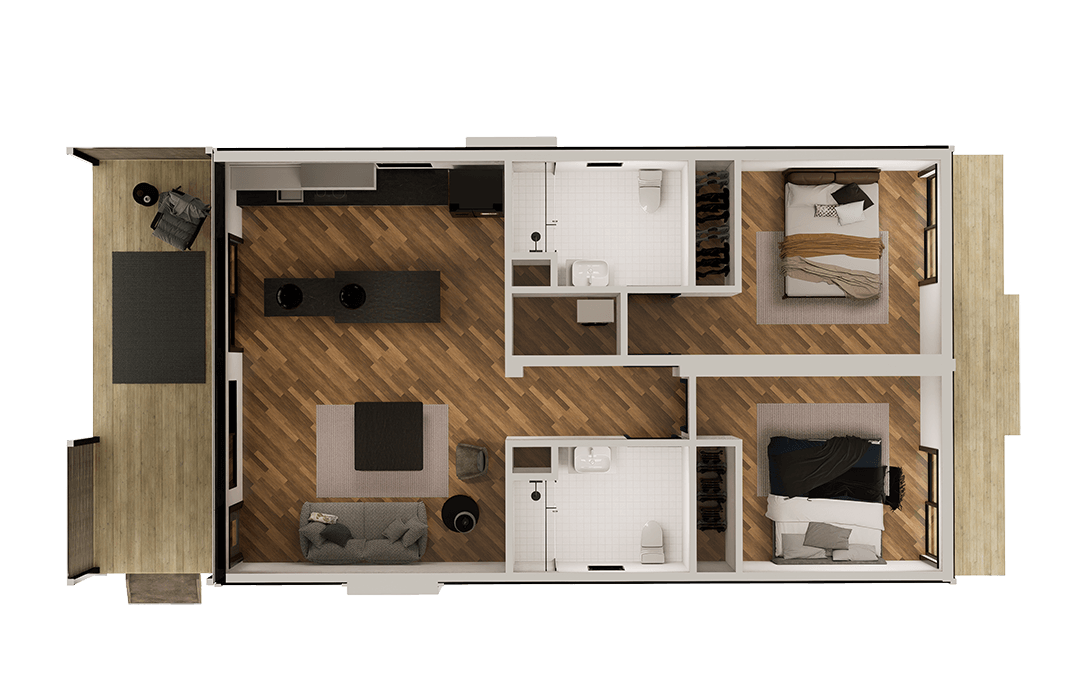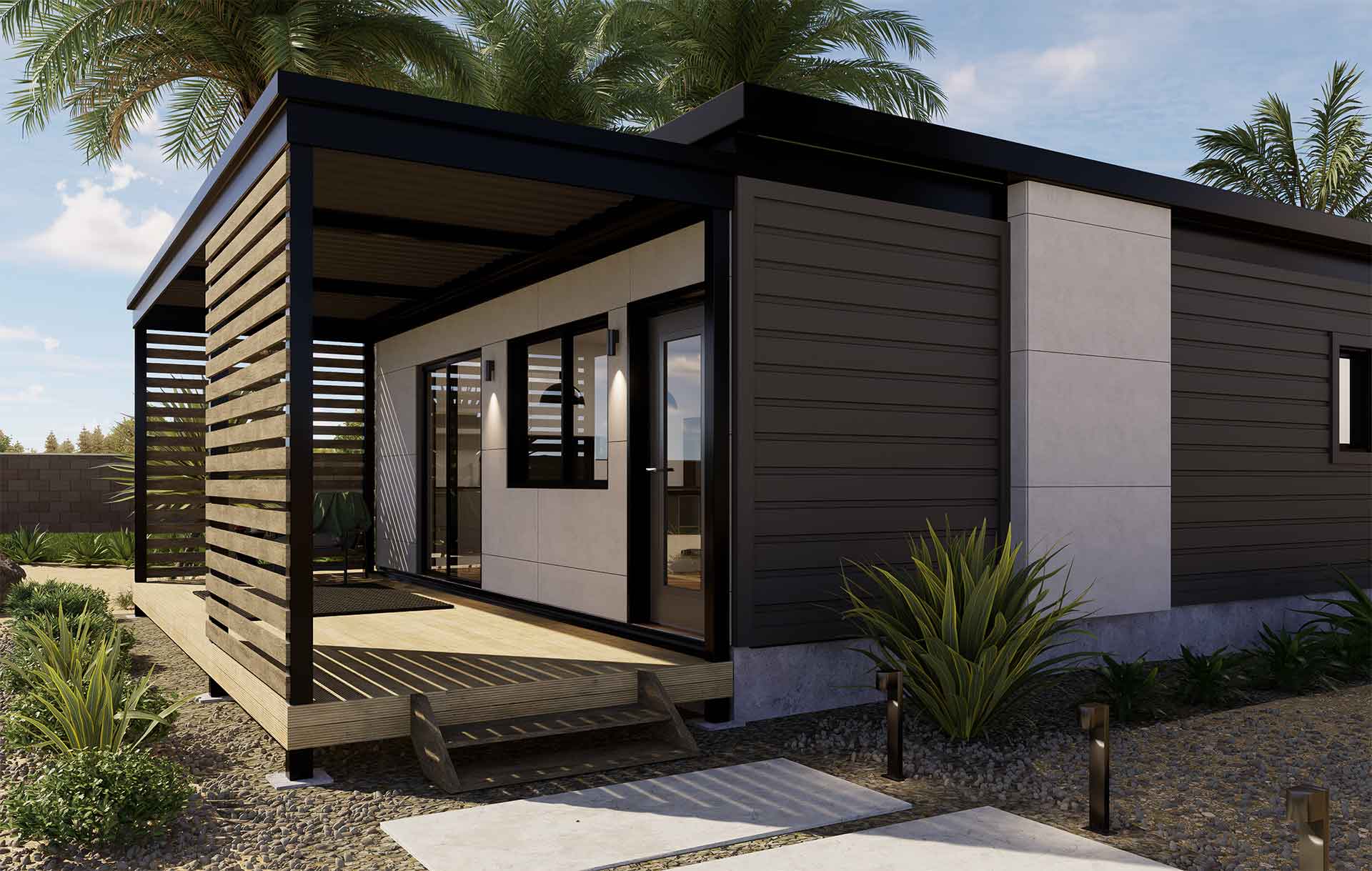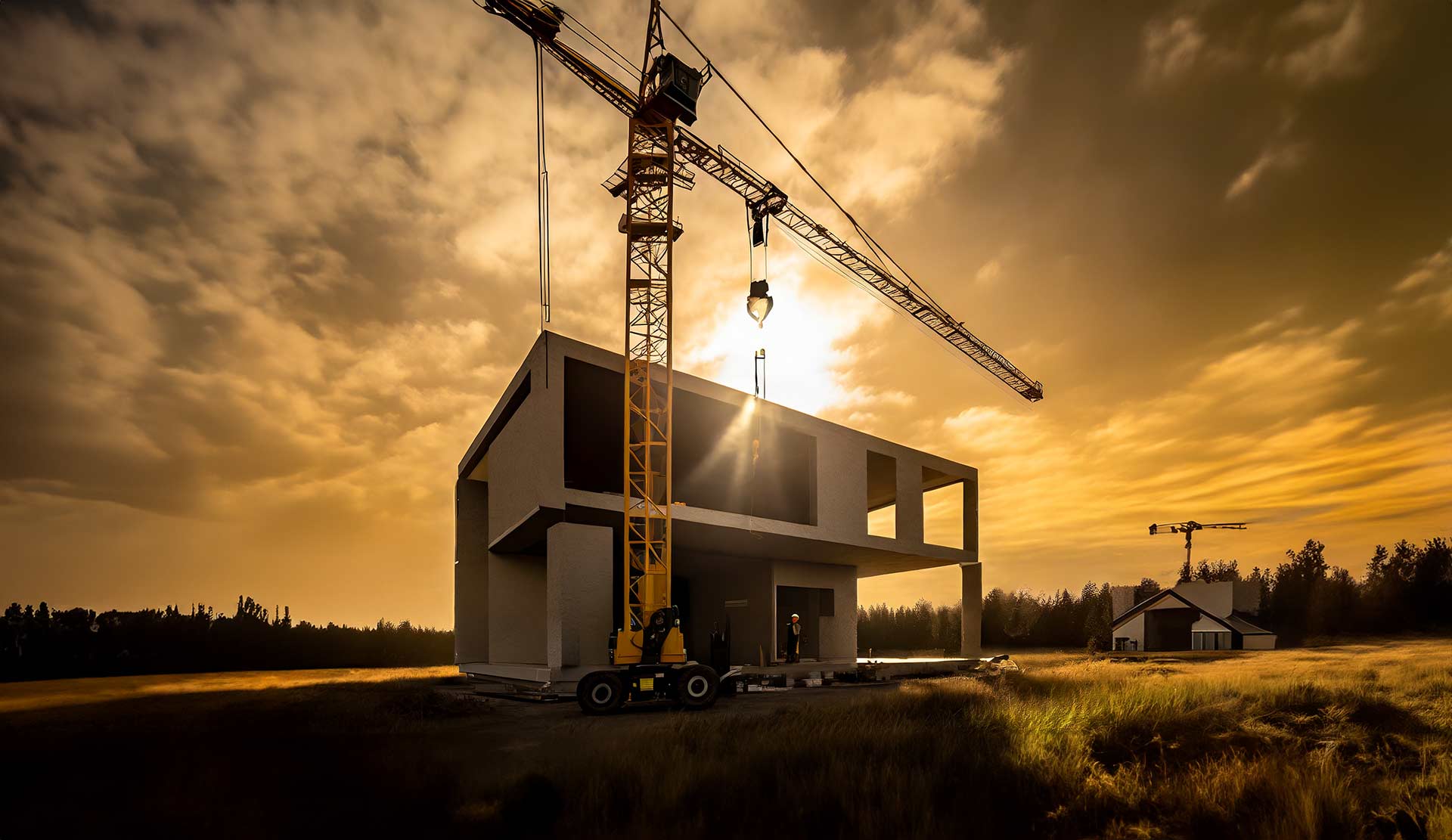Everything You Always Wanted to Know About Modular Construction
In a world where time is synonymous with money, the construction industry often finds itself in a race against the clock to meet the burgeoning housing demands. Traditional construction methods, albeit reliable, are known for extended project timelines and unforeseen delays. This scenario paves the way for modular construction, a method that promises not only a faster but also a more efficient way to build. Among the leaders in this domain is Connest, a company with a vision to deliver housing solutions three times faster without a shred of compromise on quality or sustainability. As we unravel the folds of modular construction, we will also shed light on how Connest is making a remarkable difference in this sector.
What is Modular Construction?
Modular construction is a building technique where buildings are constructed off-site, under controlled plant conditions, employing the same materials and adhering to the same codes and standards as traditional construction. The buildings are produced in “modules” that when assembled on-site, mirror the design, and specifications of a traditionally built facility.
History of Modular Construction:
The roots of modular construction trace back to the early 20th century, gaining prominence during the post-war era to address housing shortages. Over the decades, the method has evolved, leveraging technological advancements to offer an efficient and quality-controlled construction alternative.

Benefits of Modular Construction:
Modular construction comes with a plethora of benefits, including:
- Reduced Construction Time: Modular buildings are typically completed 30-50% faster than traditional construction.
- Less Waste: The controlled factory environment leads to less waste in materials.
- Cost-Effectiveness: Faster construction and less waste often translate to cost savings.
- Higher Quality Control: Factory settings allow for better quality control during construction.
Types of Modular Construction:
-
-
- Volumetric Modular Construction: Involves entire rooms or modules constructed off-site, transported to the site, and assembled together.
- Panelized Modular Construction: Walls, floors, and roof panels are created off-site and assembled on-site.
- Hybrid Modular Construction: A mix of volumetric and panelized construction, utilizing the benefits of both methods.
-
Modular Construction Process:
-
-
- Design and Planning: Initial designs are created and approved, keeping in mind the modular construction process.
- Module Fabrication: The modules are fabricated in a controlled factory environment, ensuring quality and efficiency.
- Module Transportation and Installation: Once fabricated, modules are transported to the site and installed.
- Site Work and Finishing: Final site work, including utility connection and interior finishing, is completed.
-
Common Modular Building Types:
-
- Single-family homes
- Multi-family housing
- Commercial buildings
- Educational facilities
- Healthcare facilities
- Hospitality facilities
Cost of Modular Construction:
Modular construction often proves to be a more economical choice due to reduced construction time, less waste, and a controlled construction environment. However, costs can vary based on design, materials, location, and other factors.


Quality of Modular Construction:
Modular constructions adhere to strict quality control measures, ensuring a product that not only meets but often exceeds traditional construction standards. Inspections are thorough, ensuring compliance with all building codes and regulations.
Sustainability of Modular Construction:
Modular construction is often hailed for its sustainability benefits, including reduced waste and energy consumption and the utilization of recycled materials, and energy-efficient features.
Challenges of Modular Construction:
Despite its benefits, modular construction comes with its set of challenges, including transportation and installation hurdles, permitting challenges, and a need for greater public awareness.
Future of Modular Construction:
The future shines bright for modular construction with emerging trends and its potential to address global housing challenges. Companies like Connest are leading the charge, showcasing how modular construction can significantly alleviate housing needs swiftly and sustainably.
Wrapping up:
The realm of modular construction, with its myriad of benefits, holds significant promise in addressing modern-day construction challenges. Companies like Connest are not just keeping pace with these evolving trends but are setting a high bar in demonstrating the profound impact modular construction can have in meeting housing demands efficiently. As we move forward, the blend of innovation, sustainability, and efficiency that modular construction offers is poised to play a pivotal role in shaping the construction industry.

